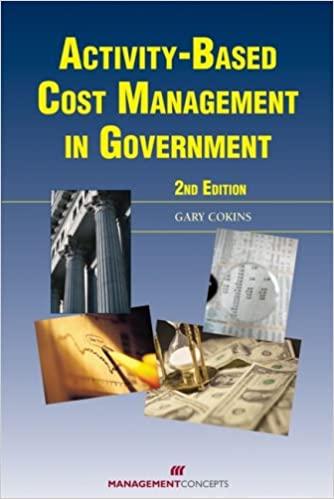Question
The comparative financial statements of Blige Inc. are as follows. The market price of Blige Inc. common stock was $65 on December 31, 2014. Blige
| The comparative financial statements of Blige Inc. are as follows. The market price of Blige Inc. common stock was $65 on December 31, 2014.
Required: Determine the following measures for 2014, rounding to one decimal place, except for dollar amounts, which should be rounded to the nearest cent. Use the rounded answer of the requirement for subsequent requirement, if required. Assume 365 days a year.
| |||||||||||||||||||||||||||||||||||||||||||||||||||||||||||||||||||||||||||||||||||||||||||||||||||||||||||||||||||||||||||||||||||||||||||||||||||||||||||||||||||||||||||||||||||||||||||||||||||||||||||||||||||||||||||||||||||||||||||||||||||||||||||||||||||||||||||||||||||||||||||||||||||||||||||||||||||||||||||||||||||||||||||||||||||||||||||||||||||||||||||||||||||||||||||||||||||||||||||||||||||||||||||||||||||||||||||||||
Feedback
1. Subtract current liabilities from current assets.
2. Divide current assets by current liabilities.
3. Divide quick assets by current liabilities. Quick assets are cash, temporary investments, and receivables.
4. Divide net sales by average accounts receivable. Average Accounts receivable = (Beginning Net Accounts Receivable + Ending Net Accounts Receivable) 2.
5. Divide average accounts receivable by average daily sales. Average Accounts receivable = (Beginning Net Accounts Receivable + Ending Net Accounts Receivable) 2. Average daily sales are net sales divided by 365 days.
6. Divide cost of goods sold by average inventory. Average Inventory = (Beginning Inventories + Ending Inventories) 2.
7. Divide average inventory by average daily cost of goods sold. Average Inventory = (Beginning Inventories + Ending Inventories) 2. Average daily cost of goods sold are cost of goods sold divided by 365 days.
8. Divide property, plant and equipment (net) by long-term liabilities.
9. Divide total liabilities by total stockholders' equity.
10. Divide the sum of income before income tax plus interest expense by interest expense.
11. Divide net income by preferred dividends from the retained earnings statement.
12. Divide net sales by average total assets, excluding long-term investments. Average total assets = (Beginning total assets + Ending total assets) 2.
13. Divide the sum of net income plus interest expense by average total assets. Average total assets = (Beginning total assets + Ending total assets) 2.
14. Divide net income by average total stockholders' equity. Average total stockholders' equity = (Beginning total stockholders' equity + Ending total stockholders' equity) 2.
15. Divide net income minus preferred dividends from the retained earnings statement by average common stockholders' equity. Common stockholders' equity = Common stock + Retained earnings. Average common stockholders' equity = (Beginning common stockholders' equity + Ending common stockholders' equity) 2.
16. Divide net income minus preferred dividends from the retained earnings statement by common shares outstanding (common stock par value).
17. Divide common market share price by common earnings per share (use answer from requirement 16).
18. Divide common dividends (from Retained Earnings Statement) by common shares outstanding (common stock par value).
19. Divide common dividends per share (use answer from requirement 18) by market share price.
Step by Step Solution
There are 3 Steps involved in it
Step: 1

Get Instant Access to Expert-Tailored Solutions
See step-by-step solutions with expert insights and AI powered tools for academic success
Step: 2

Step: 3

Ace Your Homework with AI
Get the answers you need in no time with our AI-driven, step-by-step assistance
Get Started


